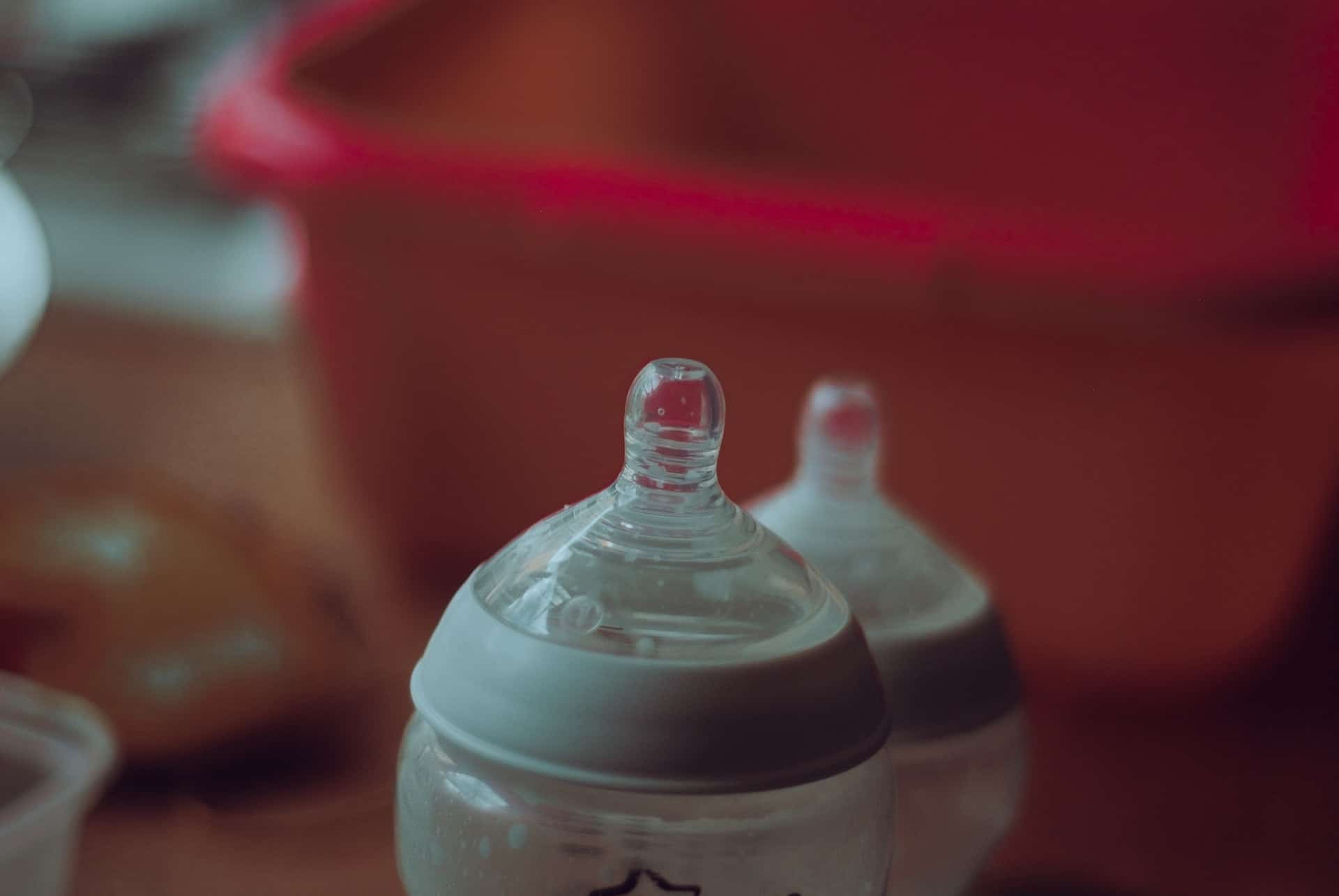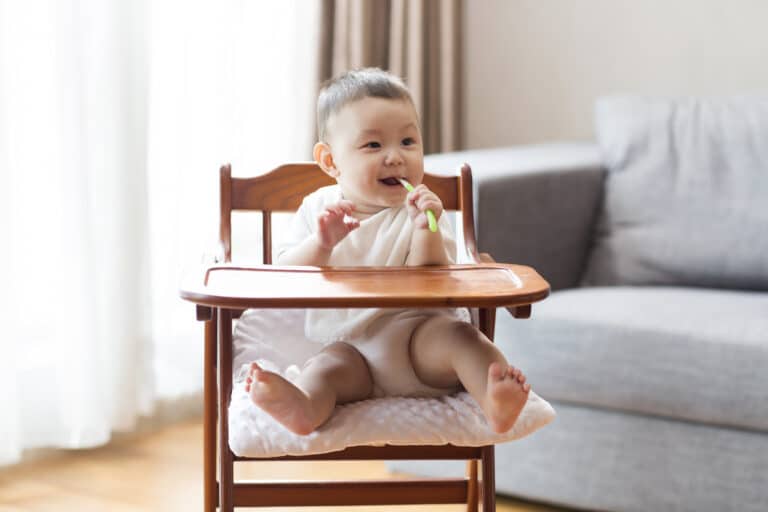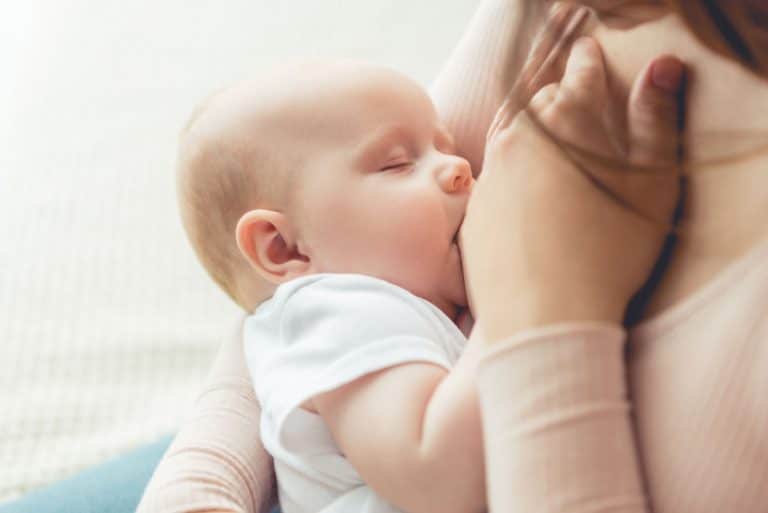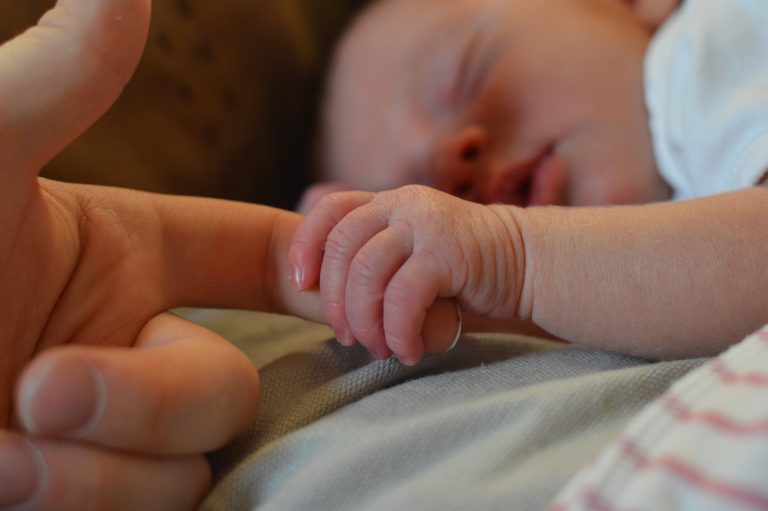Bottles are widely used for feeding babies and infants when they start taking solid food. Choosing the correct nipple size for a baby bottle is an important decision. Sometimes, the baby bottle nipples sizes are too small for the baby, so they can’t suck or drink properly.
For the successful feeding of a newborn child, it is important to choose the correct nipple size for the baby bottle. Every mother wants to know what’s the right size for a newborn and what nipple size should you choose for your baby.
Check out the right answer. Here are some tips on how to choose the right baby bottle nipples.
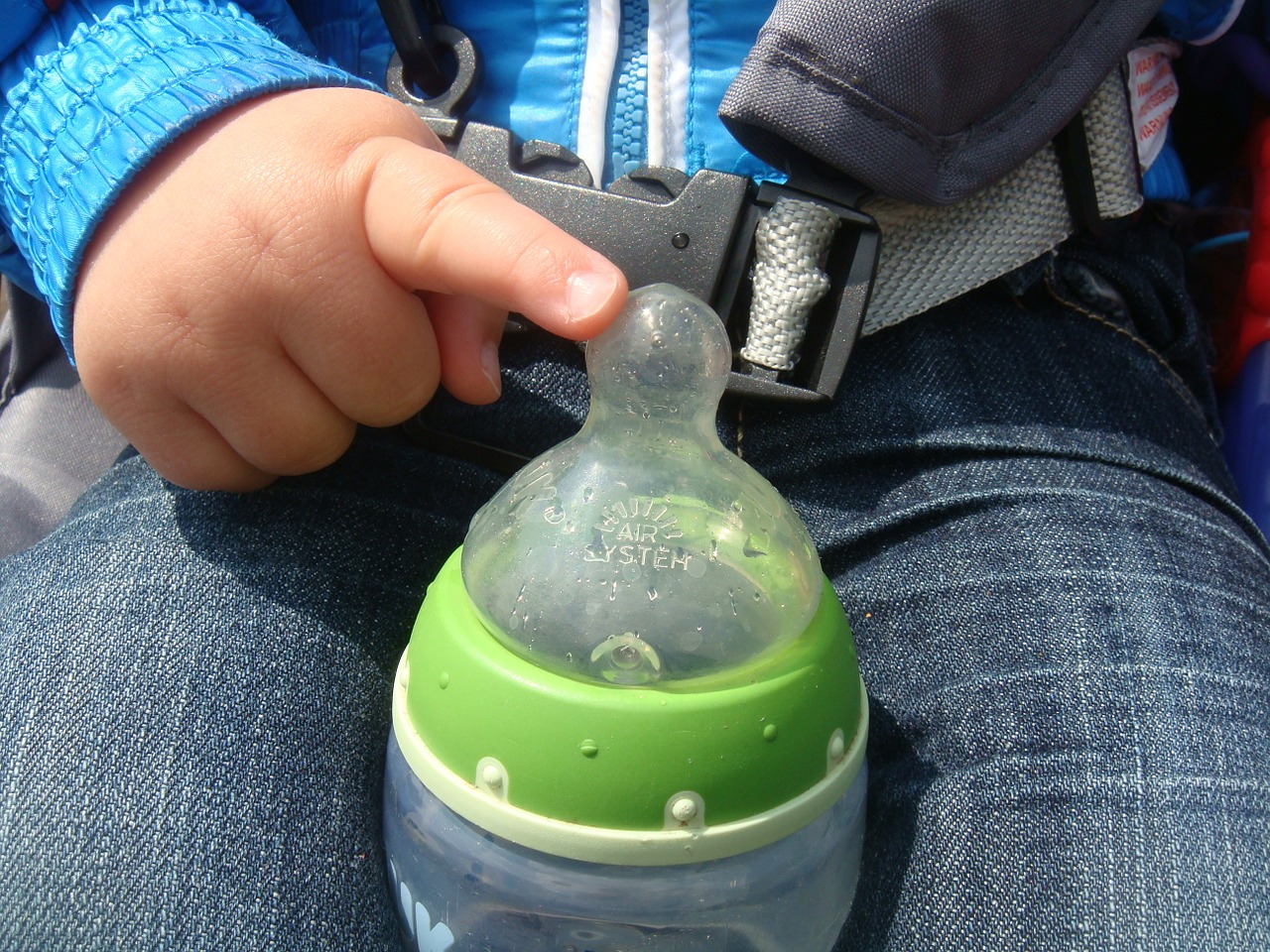
Why is choosing the correct nipple size for your baby is essential? Babies grow at a rapid pace, so baby bottles must be updated every three months to keep pace with their ever-increasing needs. If you want your baby to get the most out of his feedings, it’s important to choose the best baby bottle nipples with a flow rate that matches his age.
With the right nipple size, your baby will have a better chance at developing good feeding habits and settling into breastfeeding. The flow rate of a nipple determines how fast or slow the milk flows through it. A baby needs to suckle faster as he gets hungrier. So, the flow rate has to be increased accordingly along with your baby’s growth and development.
In This Article
What are the different sizes of baby bottle nipples?
A mother is often looking for the right baby bottle nipples sizes for her child. The size of the nipple in a baby bottle is not like the size of clothes in your closet. It has different names for each size and there are a variety of sizes available in the market. Let us talk about the different baby bottle nipple sizes by age:
1. Slow flow bottle nipples
Newborns to 6-month-old infants should be fed using the slow flow nipple. This nipple has a slow milk flow rate, and its flow is closest to that of the mother’s breast.
2. Medium flow bottle nipples
If your baby is 3-6 months old, he or she might still be struggling to master the smaller hole on a slower flow nipple. Medium flow nipples provide an in-between option for your growing child.
3. Fast flow bottle nipples
These nipples are designed for optimal flow and suitable for 6-12 months babies. They’re great for when your baby is less likely to gag or get frustrated with a nipple that flows too slowly, but they do tend to flow out liquid more quickly.
4. When to change the nipple size?
When it comes to bottles, choosing the best nipple size depends on your baby. If you notice that your baby is getting frustrated, gassy, or fussy when feeding on a bottle, then it might be time to move up a size.
It is recommended that you move up a level when your baby becomes frustrated, crying, or gagging at feeding — this means they’re having a hard time getting milk from the smaller size. Regardless of how your baby feeds, you will know it’s time to move up to the next size nipple. If your child is not getting enough milk or becomes frustrated during feeding sessions, it’s time for a size change.
Here are the signs to notice to change the size of baby bottle nipples:
- Sucking furiously
- The baby is becoming irritated while feeding
- Feeding takes a long period
- The nipple is becoming flattened
- Pushing the bottle away
- The baby is kicking and getting frustrated while feeding
- The baby is feeding less
- Becomes hungry again
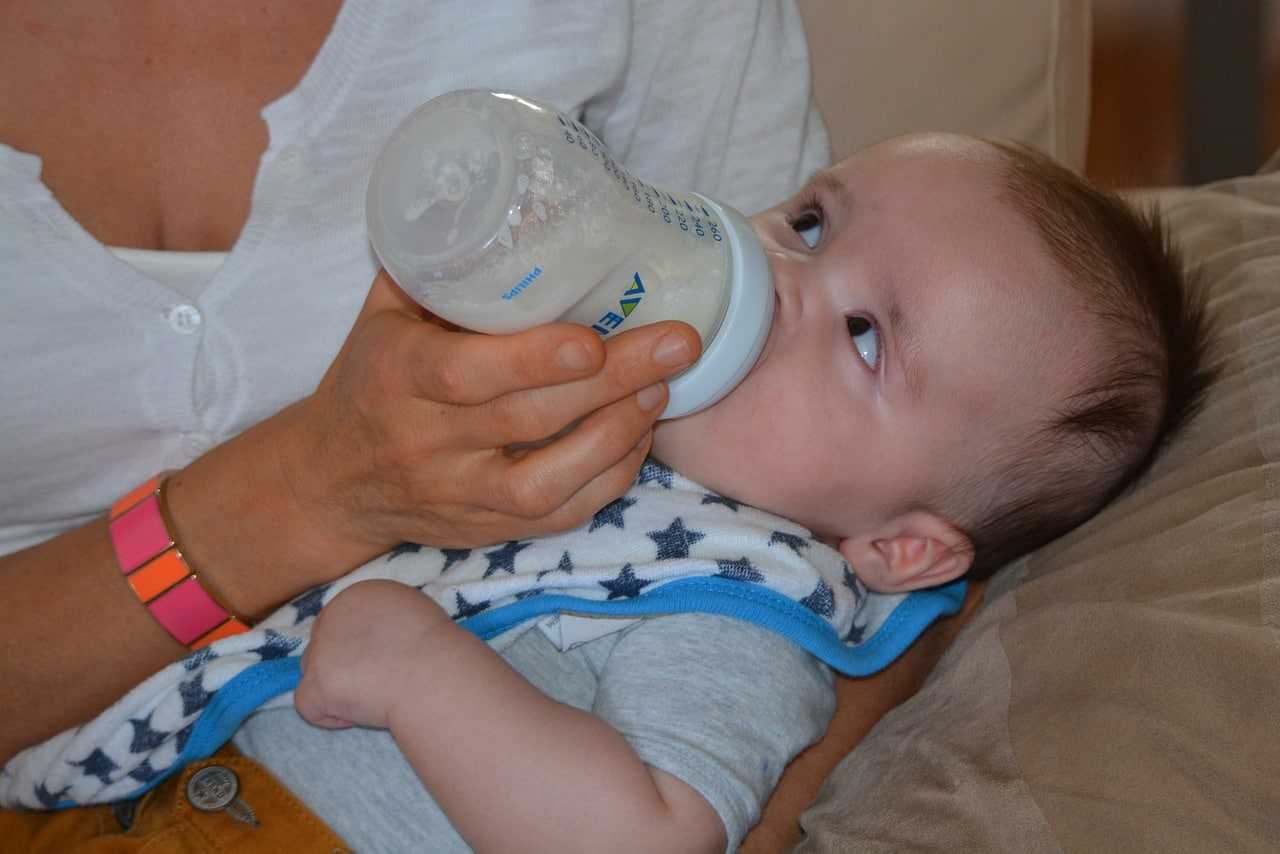
Factors to consider while choosing the baby bottle nipple
There are so many baby bottle nipples to choose from in the market. You may be confused by now and finding it hard to find out which ones you should buy for your little bundle of joy. The process of choosing the best baby bottle nipples for your little one is much more difficult compared to purchasing other baby products like baby pacifiers. This is because your little one’s health and comfort are at stake when you make this purchase decision. Here are the factors to take into considerations:
1. Nipple size
Different bottle nipples are available in different sizes for a reason. Each size has its characteristics respecting the age and also the developmental needs of your baby. The size of the nipple should be appropriate for the age of the baby. A newborn baby would need a different nipple size as opposed to an 8-month old tot.
2. Nipple shape
The nipple shape is an important consideration when choosing baby bottles. When it comes to your child’s feeding lifestyle, there are a ton of choices in the market. The shape of the nipple can greatly influence the kind of flow your child has to work with. Some nipples have a larger base and different lengths of nipples.
3. Nipple material
If you are considering the best baby bottle nipples, one of the most important factors that you have to consider is the nipple material. Food-grade silicone is recommended as it is safe, flexible, and durable. It should be of high-grade silicon that has no harmful chemicals or toxins. Such nipples help to nurture your baby and come in different colors and designs.
4. Nipple flow rate
The nipple flow rate is one of the most significant considerations when deciding which bottle to use. Flow or nipple flow rate is defined as the amount of time it takes for milk to flow from a baby bottle nipple. This will help you determine how fast or slow your baby is eating. Bottle manufacturers provide this information as the milliliters per min in their catalogs.
Steps to change baby bottle nipple
Getting used to feeding a baby with a bottle is an important stage in the baby’s growth. Apart from breastfeeding, bottle feeding is more convenient and will be required if you have to be away for some time. The steps to change baby bottle nipples are easy, and a few precautions are needed to ensure safety. You must have a look at the below-given steps to ensure you follow the right procedure while changing the baby bottle nipples:
- Step 1: The first step is to wash your hands. It will ensure that no germs are passed from your hands to the baby’s feeding bottle.
- Step 2: Now, start by unscrewing the lid of the baby’s feeding bottle.
- Step 3: Take out the old nipple from the ring of the bottle’s cap.
- Step 4: In the ring of the cap, insert the new nipple.
Conclusion:
As babies grow, they require feeding materials that are not only safe but also comfortable. Bottle nipples that allow the baby to drink at his own pace are just as important as a bottle with a design that’s easy to hold and clean. Nipples in bottles wear out over time and the baby’s need also changes as he or she grows. As your little one grows, he will be able to drink faster and a baby bottle nipple with a slow flow rate simply won’t be fast enough to keep up with his pace. When selecting the best baby bottle nipples, consult his pediatrician for advice on which is best suited for your little one.

